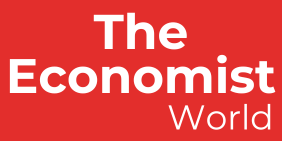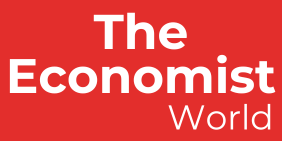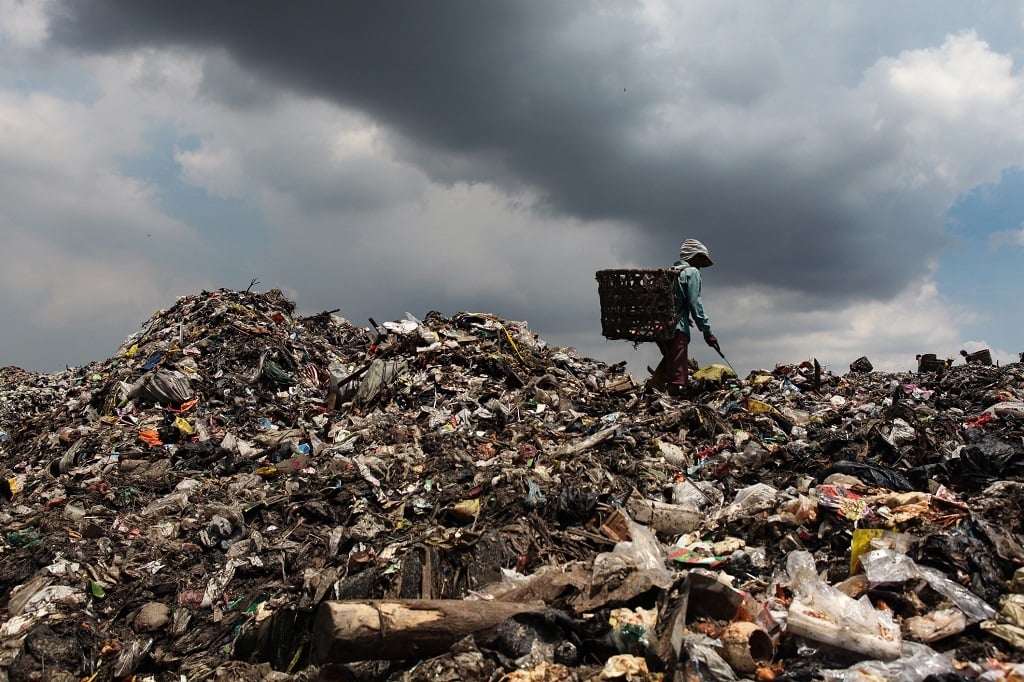No other instrument is generating global emissions reductions while also delivering real climate finance to frontline communities at the same scale and the speed as the Voluntary Carbon Market, writes Mandy Rambharos.
There’s a fundamental disconnect in the debate over carbon markets — critics speak of exploitation, but communities speak of opportunity.
And like in so many debates shaping our world today, here, too, the loudest voices, often far removed from the realities on the ground, drown out the ones that matter most — the smallholder farmer in Kenya who earns food, firewood, and carbon finance from a single tree; waste pickers in Senegal who turn collecting plastic waste into paychecks and school furniture; farmers in India who have transformed once-struggling land plots into agroforestry projects that generate income.
These aren’t abstract concepts nor mere pilot programmes. They are real, functioning models of climate finance reaching and supporting communities who need it most.
Yet, critics in their comfortable perches in lands afar, have been quick to dismiss these projects, and often the entire Voluntary Carbon Market (VCM), as extractive or exploitative.
For them, we share an uncomfortable truth that bears repeating — no other instrument is generating global emissions reductions while also delivering real climate finance to frontline communities at the scale and the speed as the VCM.
No other instrument.
Now, from the outset, let me be clear, there are legitimate concerns about the past performance of certain projects. Oversight must improve, and standards programmes must continue to evolve.
But focusing solely on what’s gone wrong, as most critics so often do, blinds us to where this model is already delivering real and important or impactful results.
It’s like judging the latest smartphone on the glitches of its earlier iteration – or wishing people skipped straight from faxes to email, or from horses to electric vehicles.
READ | Q&A | Mandy Rambharos chats about her journey into the carbon market
Innovation drives progress. Systems improve. What matters is the direction of travel, and the impact already being made along the way.
Take the carbon market. The question isn’t whether it’s perfect, it’s whether it’s working for people who need it most and whether it drives lasting systemic transformation.
In Africa, for example, who gets to tell the story of this continent’s development? Is it those who parachute in with sweeping critiques, or the communities who are using carbon finance to train forest stewards, build clinics, and send their children to school?
Is it the policymakers in conference rooms warning of “carbon grabs”, or the local leaders negotiating benefit-sharing agreements and shaping projects to reflect their own needs and priorities?
All too often, the VCM is viewed through the lens of only numbers.
For example, a recent article compared a $3 carbon credit from a project in Africa that is being traded on the VCM to a €200 allowance in the EU Emissions Trading System (ETS). This juxtaposition lacks context and fails to acknowledge the fundamental difference that exists between the markets, which serve different purposes and different risk profiles.
The comparison is also problematic because the pricing of carbon credits in Africa often reflects the real risks associated with markets in high-risk geographies — political instability, lack of regulatory clarity, and limited access to markets. These factors depress prices.
But this does not need to be a permanent situation. With stronger policy frameworks, regulatory alignment, and long-term government commitment, prices can and will rise, and trust will deepen.
READ | SA not making the most of carbon markets to plug climate funding gaps – Rambharos
What’s crucial is that high-integrity standards, like those of Verra’s – a certifier of carbon projects — ensure that even lower-priced credits still deliver real, measurable, and equitable impact.
Are there improvements to be made? Of course. And many of us in the sector are actively making them. From overhauling forest conservation methodologies, to tightening project oversight, to building more robust social and environmental safeguards: we’re doing this work on a daily basis.
But writing clickbait headlines on an entire system because it isn’t yet perfect would be a dangerous mistake. For all its flaws, the VCM is delivering real impact where other systems have failed.
The VCM is driving finance to communities so they can build schools in places where governments have gone quiet. It’s enabling these same communities to preserve forests that are at high risk of being cleared for other purposes. And it’s offering a lifeline to communities that are too often left out of global climate solutions.
These are the impacts we should be discussing about a market that values not just carbon, but local communities, that sees the Global South not as a victim, but as a climate leader in its own right.
We have a choice. We can listen only to the loudest voices and be drawn to the headlines that risk undermining a tool that delivers real climate progress, or we can lean into the harder conversation — one that embraces complexity, elevates community voices, and pushes the market to keep evolving while it has a real-life impact.
The real story, the one that matters most, will be written not in headlines, but in forests still standing, schools still open, and futures still possible.
Mandy Rambharos is the chief executive officer of Verra, the world’s leading voluntary carbon market standard. With over two decades of experience in the energy and climate sectors, Mandy is a recognised leader in global climate cooperation and just energy transitions. Before joining Verra, Mandy served as Vice President for Global Climate Cooperation at the Environmental Defense Fund (EDF), a significant tenure at South Africa’s Eskom Holdings, and was a former negotiator for South Africa and Africa at the United Nations climate talks.
News24 encourages freedom of speech and the expression of diverse views. The views of columnists published on News24 are therefore their own and do not necessarily represent the views of News24.


